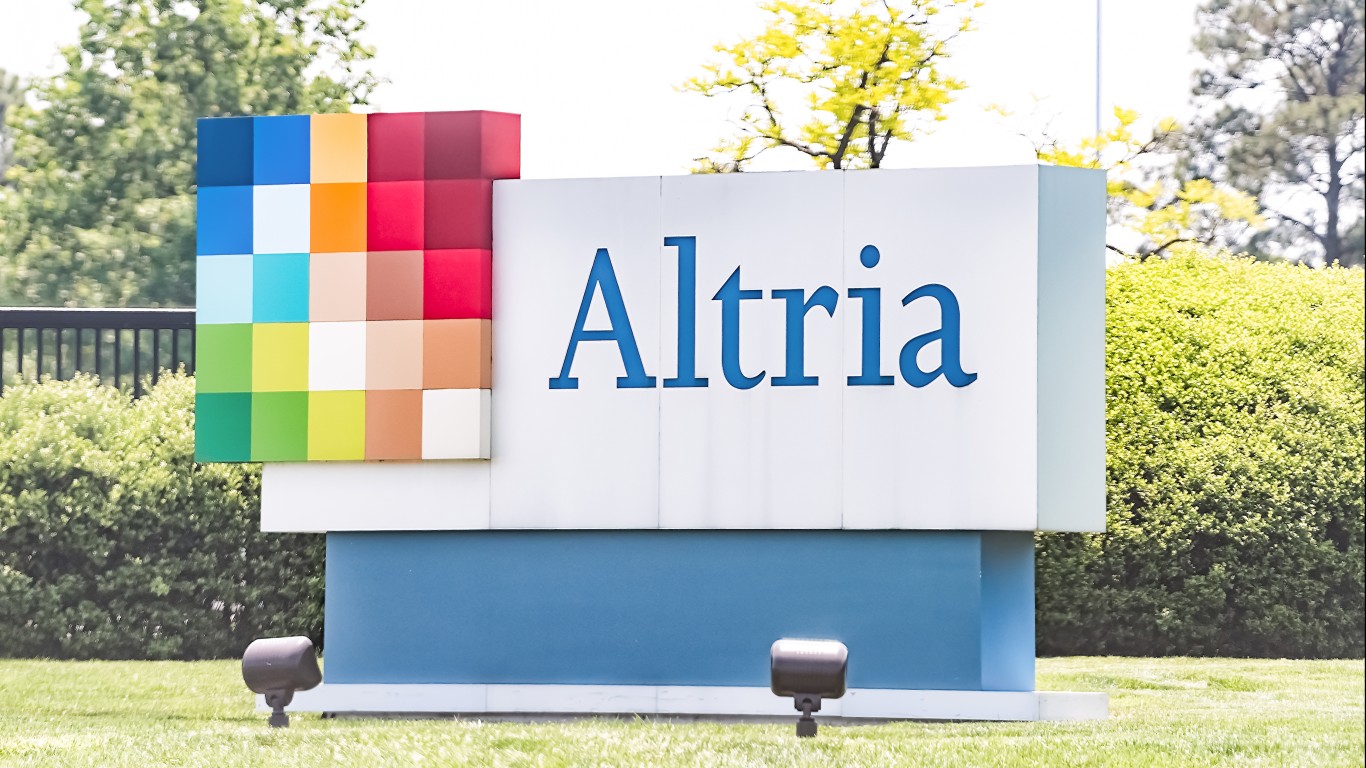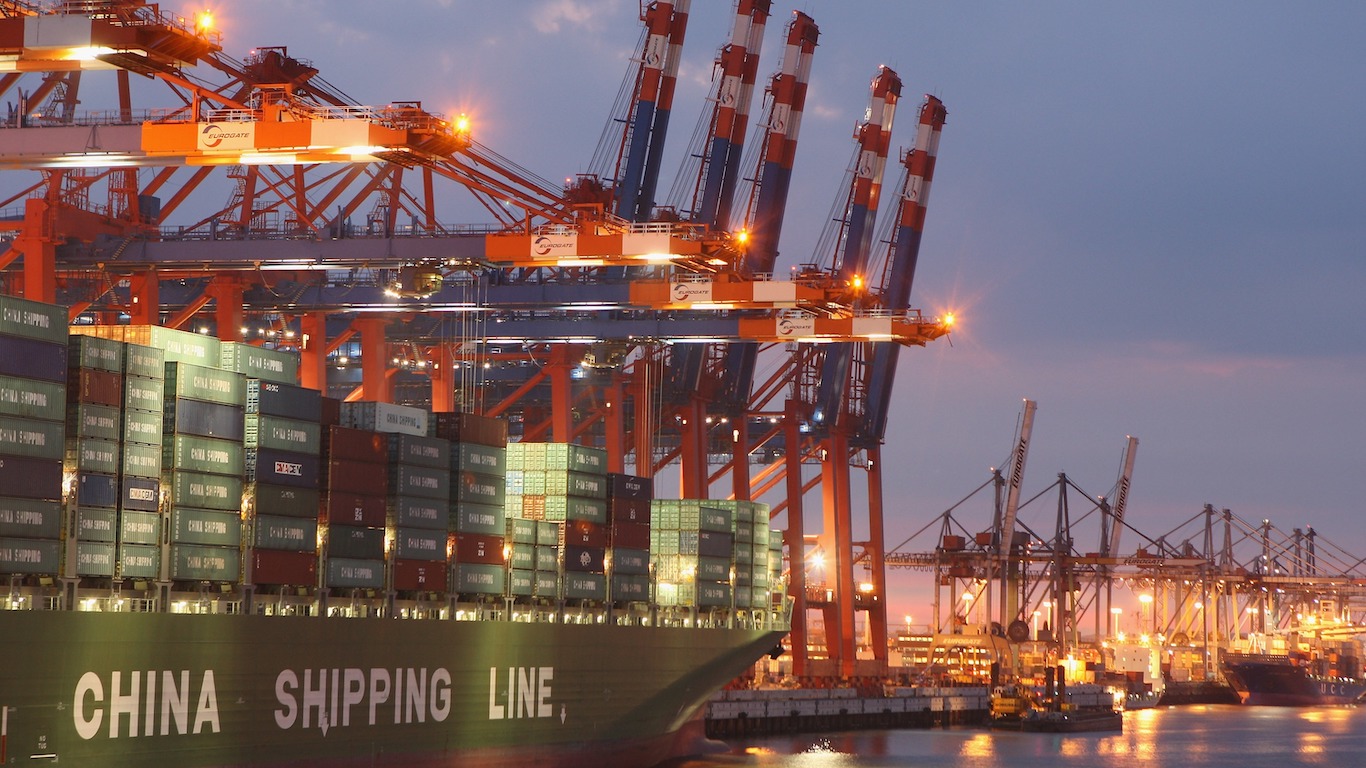Investing
Forget T-Bills, Here Are 5 Safe Dividend Stocks With Ultra-High Yields

Published:
Last Updated:

Investors love dividend stocks because they provide dependable income and give investors a great opportunity for solid total return. Total return includes interest, capital gains, dividends, and distributions realized over time. In other words, the total return on an investment or a portfolio consists of income and stock appreciation.
At 247 Wall St., we always like to remind our readers about the impact total return has on portfolios because it is one of the best ways to help improve the chances for overall investing success. Again, total return is the combined increase in a stock’s value plus dividends.
When asked what his best investment idea was recently, Wall Street bond king Jeffrey Gundlach replied that investors should “buy T-bills and chill.” While that is a great investment idea for investors looking to protect their money rather than grow it, it is not the path to solid total return for most.
We screened our 24/7 Wall St. ultra-high dividend research universe, looking for companies that pay the most significant dividends but remain safe ideas for investors with a longer-term horizon. Five top companies look like the best stocks to grab now.

This maker of tobacco products offers value investors a great entry point now. Pays a rich 9.69% dividend. Altria Group Inc. (NYSE: MO) manufactures and sells smokable and oral tobacco products in the United States through its subsidiaries.
The company provides cigarettes primarily under the Marlboro brand:
Altria also owns over 10% of Anheuser-Busch InBev, the world’s largest brewer, which some feel is worth more than $10 billion and a segment of the company that could be sold. Given the public relations disaster the company has gone through this year, it could be on the chopping board.
In June of 2023, the company purchased NJOY Holdings, which makes electronic cigarettes and vaping products, for a consideration of $2.75 billion. The company has increased its dividend for 52 consecutive years.

While off the radar of most investors, shares of this shipping company could explode higher, and it pays a massive 12.47% dividend. Frontline PLC (NYSE: FRO) engages in the seaborne transportation of crude oil and oil products worldwide. It owns and operates oil and product tankers.
In a press release earlier this year, the company announced that it will sell its five oldest VLCCs, (very large crude carriers) built in 2009 and 2010 for an aggregate net sale price of $290 million.
The vessels are expected to be delivered to the new owner during the first quarter of 2024. After repaying existing debt on the vessels, the transaction is expected to generate approximately $207 million in net cash proceeds.
The company expects to record a gain in the first quarter of 2024 in the range of roughly $68 million to $76 million, depending on the delivery date of each vessel to the new owner. The sale is subject to certain closing conditions, per industry standards.
Following the transaction and the completion of the delivery of all 24 VLCCs acquired from Euronav, Frontline’s fleet will consist of 84 vessels comprised of:

This company is another one of the top holdings in the Alerian MLP energy exchange-traded fund, paying shareholders a strong 8.53% dividend. MPLX L.P. (NYSE: MPLX) is primarily engaged in transporting crude oil and refined products and terminating in the US Midwest and Gulf Coast regions and natural gas gathering and processing in the northeast. Independent U.S. refiner Marathon Petroleum formed MPLX.
The company’s assets include:
MPLX also owns crude oil and natural gas gathering systems, pipelines, and natural gas and NGL processing and fractionation facilities in key U.S. supply basins.

This stock makes a ton of sense with an aging population and a significant 8.60% dividend. Omega Healthcare Investors Inc. (NYSE: OHI) is a REIT that invests in the long-term healthcare industry, primarily in skilled nursing and assisted living facilities.
The company is focused on owning Skilled Nursing Facilities (SNFs). The majority of its assets are SNFs but Omega Healthcare also owns assisted living facilities, specialty facilities and a medical office property.
Its portfolio of assets is operated by a diverse group of healthcare companies, predominantly in a triple-net lease structure. The assets span all regions within the United States, as well as in the United Kingdom.
The company has increased the dividend paid to shareholders every year since 2003, and the annual dividend growth rate comes in at a solid 4.80%

Almost ignored by Wall Street, this is a business development company with a massive 10.95% dividend. PennantPark Floating Rate Capital Ltd. (NYSE: PFLT) seeks to invest through floating rate loans in private or thinly traded or small market-cap, public middle market companies.
It primarily invests in the United States and, to a limited extent, non-U.S. companies. The fund typically invests between $2 million and $20 million.
The fund also invests in:
It primarily invests between $10 million and $50 million in senior secured loans and mezzanine debt. It seeks to invest in companies not rated by national rating agencies.
The fund invests 30% in non-qualifying assets like:
Under normal conditions, the fund expects at least 80 percent of its net assets plus any borrowings for investment purposes to be invested in floating-rate loans and investments with similar economic characteristics, including cash equivalents invested in money market funds. It expects to represent 65 percent of its portfolio through senior secured loans.
Thank you for reading! Have some feedback for us?
Contact the 24/7 Wall St. editorial team.